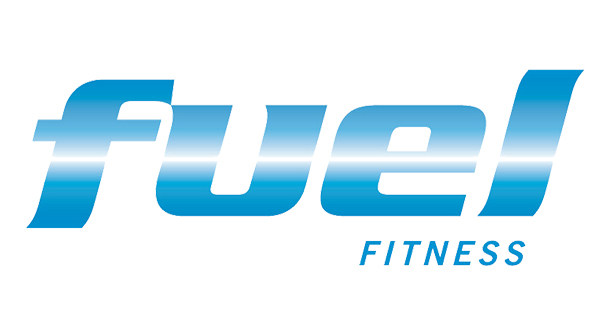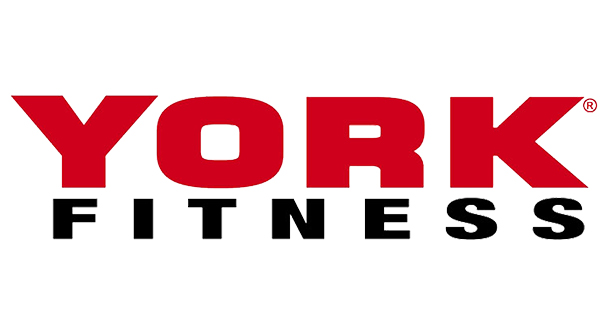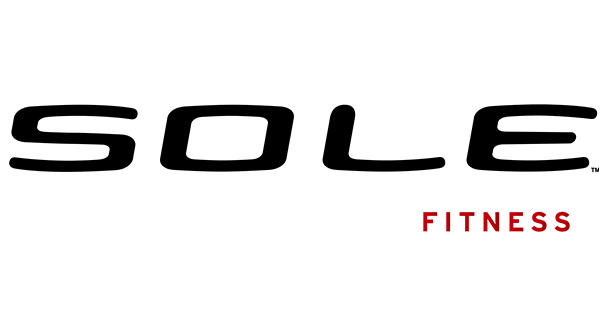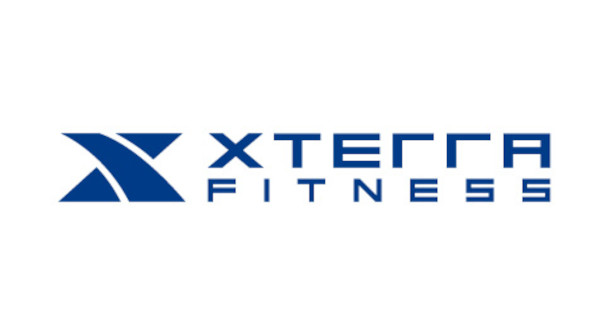Stretching - Yes or No?
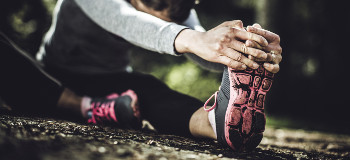
There are so many conflicting studies centred around training and flexibility now that it can be hard for a professional trainer to know what is right and what is not, let alone someone who is new to training.
I spent many years as a professional performer, travelling and touring with musicals, where stretching was as much a part of my everyday routine as breakfast. Prior to every performance the cast would all spend time, either together or individually, warming up and stretching our muscles and joints and generally limbering up our bodies in order to be able to move freely and seemingly effortlessly by the time we hit the stage. We did this without thinking because we believed that if our muscles were tight then we increased our chances of getting injured. When you are performing 8 shows a week as well as rehearsing and training in the gym it is vital that you minimise your risk of injury in every way possible. This is also why many of us participated in some form of strength training whether it be Pilates or lifting weights (my preference).
These days I no longer dance, but I do continue to train and push my body to perform most days of the week through a variety of exercise modalities.
Now, you may be thinking that stretching doesn’t apply to you as ‘you are not a dancer’ or ‘you are focused on strength training and building muscles’ or ‘you do triathlons’. I can see how you may think that but it is not as simple as it sounds.
I have recently started training in Olympic Lifting with one of our top representative lifters and I can tell you that I spend as much time, if not more, on mobility and flexibility now as I ever did for dance.
I have also worked with many athletes on their strength and flexibility and their results speak for themselves. If you can gain a centimetre in your reach when swimming then over distance that is going to lead to fewer strokes required and therefore less energy expended. The same goes for lengthening your running stride.
I do have to say though that different people and different activities can influence how much, how little and what type of flexibility and/or mobility is necessary so there is not a one size fits all answer to this question. Life also affects how much emphasis you should put into this side of your health and fitness programme. Our modern lifestyles and device oriented world are not helping and if we do not address it in some way then health costs for posture based ailments are going to skyrocket as we all slowly turn into hunched over, slope shouldered versions of ourselves with tight hamstrings and achy knees.
So, what can you do about it?
There are endless stretching programmes online that you can access and many of them will have diagrams, photos or video of the how and the why. These can be yoga based, designed for high intensity training, dance based or even sport specific etc. My advice to you is to find one you like and give it a go. Some programmes will be slow and require you to hold a position for a longer period of time and others will be more dynamic and constantly moving. Determine what is best for you and for what you are wanting to achieve before you start.
Always start slow and do not push yourself or your joints into positions that they don't want to go to. If it hurts in the joint (any joint) then back off and allow your body to adapt slowly to the new stresses. As you would for a strength or cardio programme, you should ease yourself into it. A few minutes a day can work miracles and as you get more mobile you can do more. You should also try to enjoy the experience. If you don’t like it, you won’t do it.
As always, consult your doctor and/or a health and fitness professional before commencing any strenuous activity.
Here are my 2 favourite stretches to finish my day:
Legs up the wall - simple. Lay on your back with your butt as close to the wall as you can get it and then straighten your legs up the wall and just rest there for a few minutes. This not only helps relieve your hamstrings, but it also allows your hips and back to relax more as well.
Sitting cross-legged - just like in school way back in the stone ages. If you feel any pain in your ankles or knees then take your feet a bit further away from your body. Once you have relaxed into this position then extend forward and place you hands on the floor in front of you. If you are finding it a struggle sitting up then place your back against the wall to support you. Remember to cross over both ways.
Give them a try, and enjoy!


